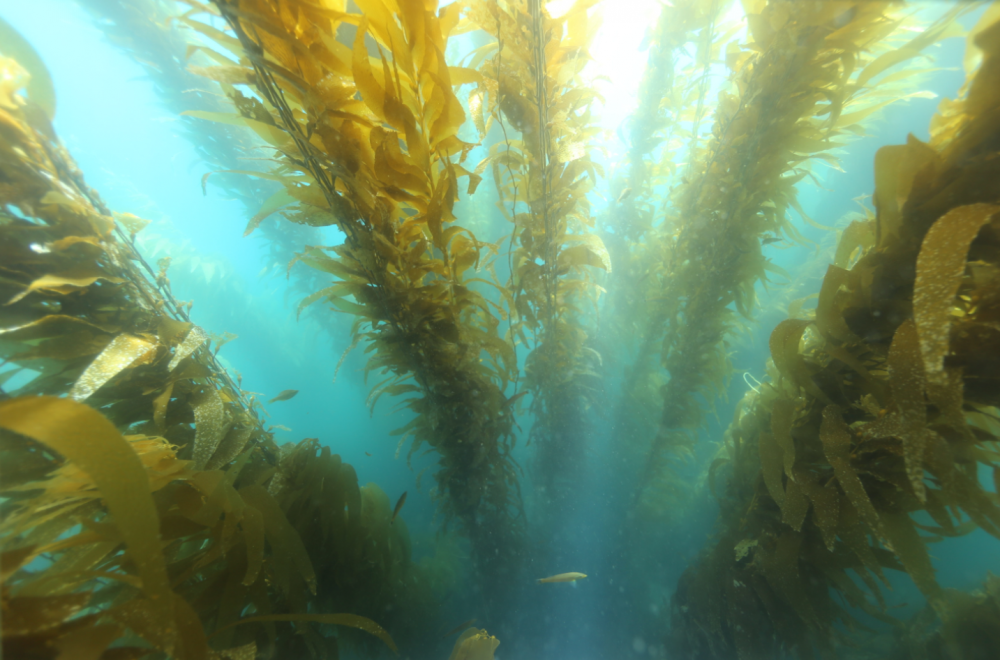
Kelp Help


Up and down the coast of California, the region’s iconic kelp forests are disappearing. While attention has focused on the state’s north coast — where loss of bull kelp has driven fishery closures — all of California is in danger of kelp forest decline.
In fact, many areas of the central and south coasts have already suffered losses of giant kelp and related declines of important commercially and recreationally fished species. Several environmental conditions that contribute to kelp loss, such as marine heatwaves, are predicted to increase in frequency and strength into the future.
California appears to be at a turning point with loss of kelp forests in some regions,” said UC Santa Barbara Research Biologist Jennifer Caselle. “Restoration techniques have been widely used in other ecosystems, like terrestrial forests and coastal wetlands, but there are still a lot of questions about restoring open coast systems like kelp forests.”
Fortunately, kelp restoration is possible, and it’s likely to become more prevalent in California. California Sea Grant has awarded Caselle $380,000 to tackle this challenge. She will be joined by UCSB Project Scientist and Co-PI Tom Bell, and their colleague Mark Carr, at UC Santa Cruz.
Current efforts to restore kelp have been ad hoc, and in some cases not well-informed by the latest science. Yet, California has some of the best-studied kelp systems in the world and a massive amount of readily available data.
The team plans to leverage existing knowledge and data on California’s kelp forests to develop effective strategies for kelp forest restoration. Statistical models will identify key ecological, oceanographic and management factors that promote kelp persistence and recovery at the scales of the entire state.
The project aims to produce the first integrated analysis that includes data from field surveys from kelp forests, remote sensing, benthic habitat mapping and management regimes. Their findings will be used to produce a restoration guide, which will enable resource managers to choose optimal locations, times and methods for kelp restoration activities statewide.
“There is a lot of energy and emotion among users of the kelp forests in California,” Caselle noted, “so my project and the others recently funded in this kelp forest restoration program will hopefully be able to harness that energy to best effect.”



